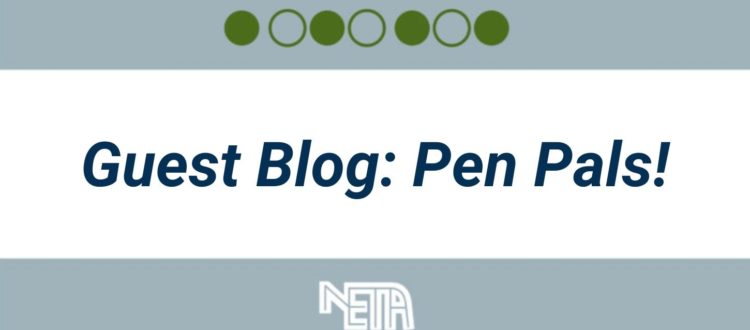30
Mar
Penpal
Guest Blog by: Becky Korinek
| Do you remember the thrill of opening an actual letter? With a stamp? As an adult, when you receive mostly bills, the excitement of using the letter opener has largely waned. For kids, though, it’s still a very exciting experience to receive mail. Andrew Clements’ book Extra Credit depicts a pen pal relationship – one that is not initially by choice, but that ultimately proves beneficial and fulfilling for all involved. The students in Clements’ book are from the U.S. and Afghanistan, obviously providing great learning opportunities. While it may be aiming somewhat high to get a physical envelope in your mailbox, there are still plenty of ways to connect students, whether across the state or across the world. There are lots of opportunities to create these interactions, outlined here by Weareteachers.com. If you’re really hoping and aiming for a paper letter, an old fashioned pen pal relationship is still possible. There are millions of teachers who want this experience for their students. How to find them? Reach out to the teachers in your building, instructors throughout your district, even those who are in different schools within your city or state. While the cultural information may not be as rich as that exchanged between Afghanistan and the U.S, we still have much to learn from each other. What exactly can we learn? Well, let’s see. There’s empathy, perspective, culture, literacy and relationships – and much more value beyond that. Even though the internet is a big, wide world of information, much of it is not right for kids. Besides being wildly inappropriate, a lot of the content available is just too much for them. It’s not relevant, too worldly, and decidedly impersonal. By connecting with other teachers (most adults are using between four and eight types of social media), you can likely find a classroom who will mail letters. Regardless, you should definitely be able to secure writers who will email. And really, who cares about the vehicle – it’s the connection we’re after. |

